Track By Track: Dialect – Atlas of Green
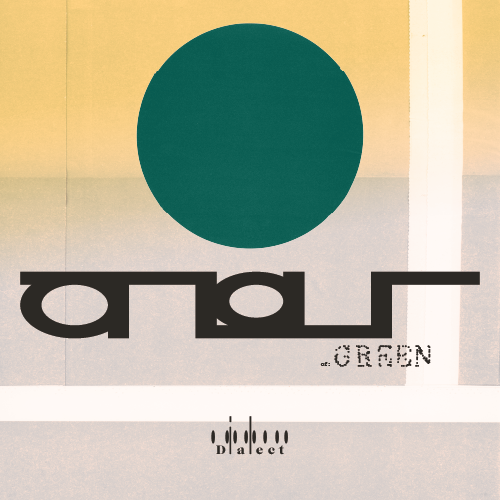
In Atlas of Green, Andrew PM Hunt, operating as Dialect, crafts an album that navigates memory and misremembering, technology and decay, within a soundscape as intricately layered as it is mercurial.
Released on the mighty RVNG Intl, the work imagines a young musician, Green, as an artist of the future, exploring a world where fractured signals and forgotten impulses resurface, woven together by the debris of time and technology.
Across twelve pieces, Hunt’s Green becomes a guide through a terrain marked by the elegance of malfunction—echoes of the pastoral mingling with the digital, an odyssey of glitch and grace.
Atlas of Green unfolds as a tapestry of salvaged relics and misaligned coordinates, a beautifully blurred vision of what remains when the lines between epochs begin to waver. In Hunt’s hands, these fractured memories and shifting signals create a symphony of the bittersweet and the beautiful, tracing a map of futures still imagined, haunted by the wistful residues of a fading world.
Here, Hunt guides us through these fractured memories of Green that made up the album…
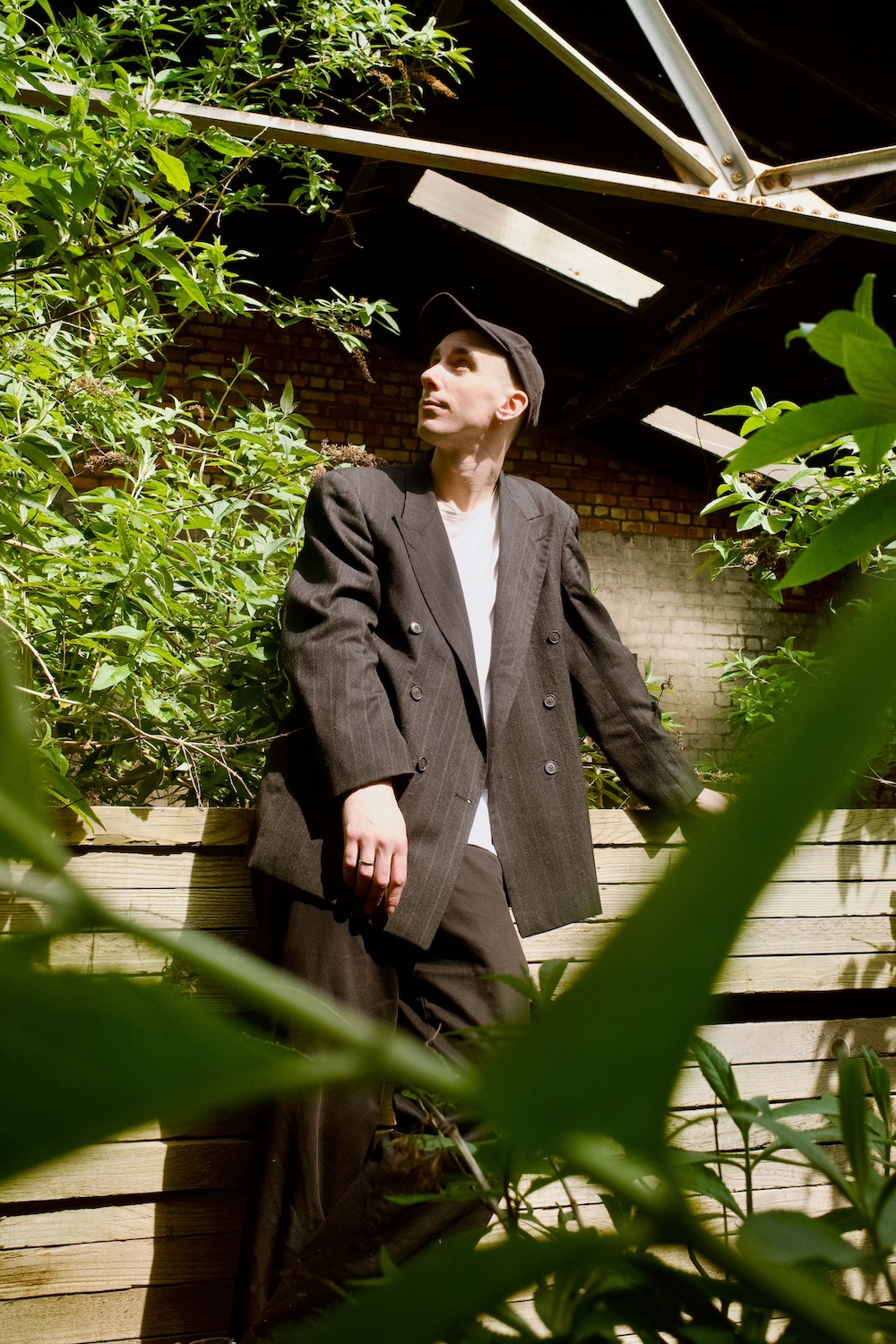
1. New Sun
The idea for the album to have a protagonist was inspired by reading Gene Wolfe, in particular his character Severian from The Book of The New Sun.
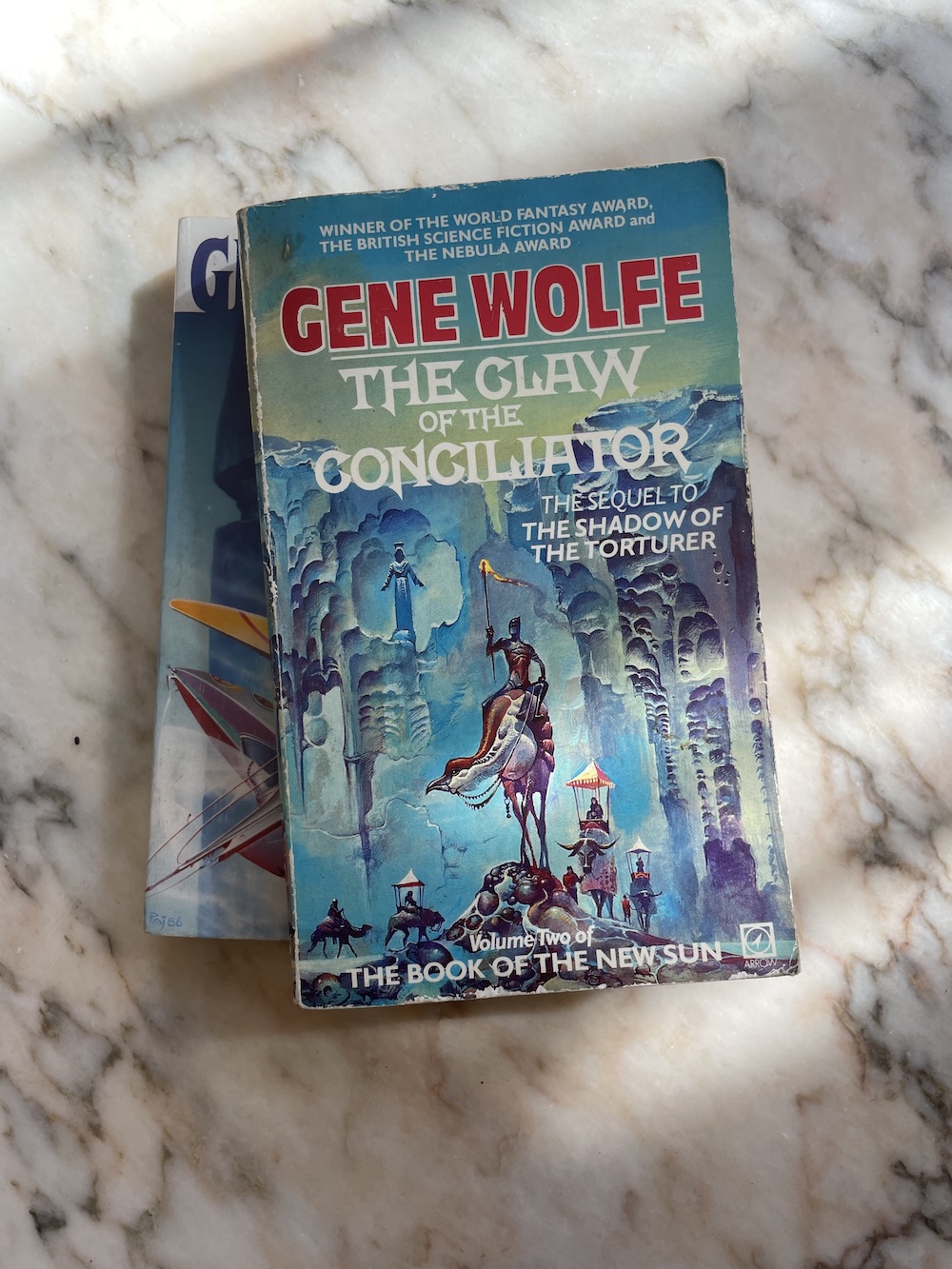
My character is called Green and they are a person moving through a future world at a point of transition, charting the terrain and trying to make sense of the past or what little remains of it. I wanted this track to feel like walking through some ancient city gates out into the unknown.
2. Recreation Story
A song about play or reassembling something? Federico Campagna’s Prophetic Culture inspired the idea of a piece of music which has fallen apart and been put back together again. There’s something quietly grotesque about it. A kind of shattered pastoral. Broken Bacharach?
3. Born Through
This takes the same idea of the shattered song and applies it to the image of an adolescent Green, gleefully discovering forgotten sounds languishing in ruins and somehow making them speak to each other.
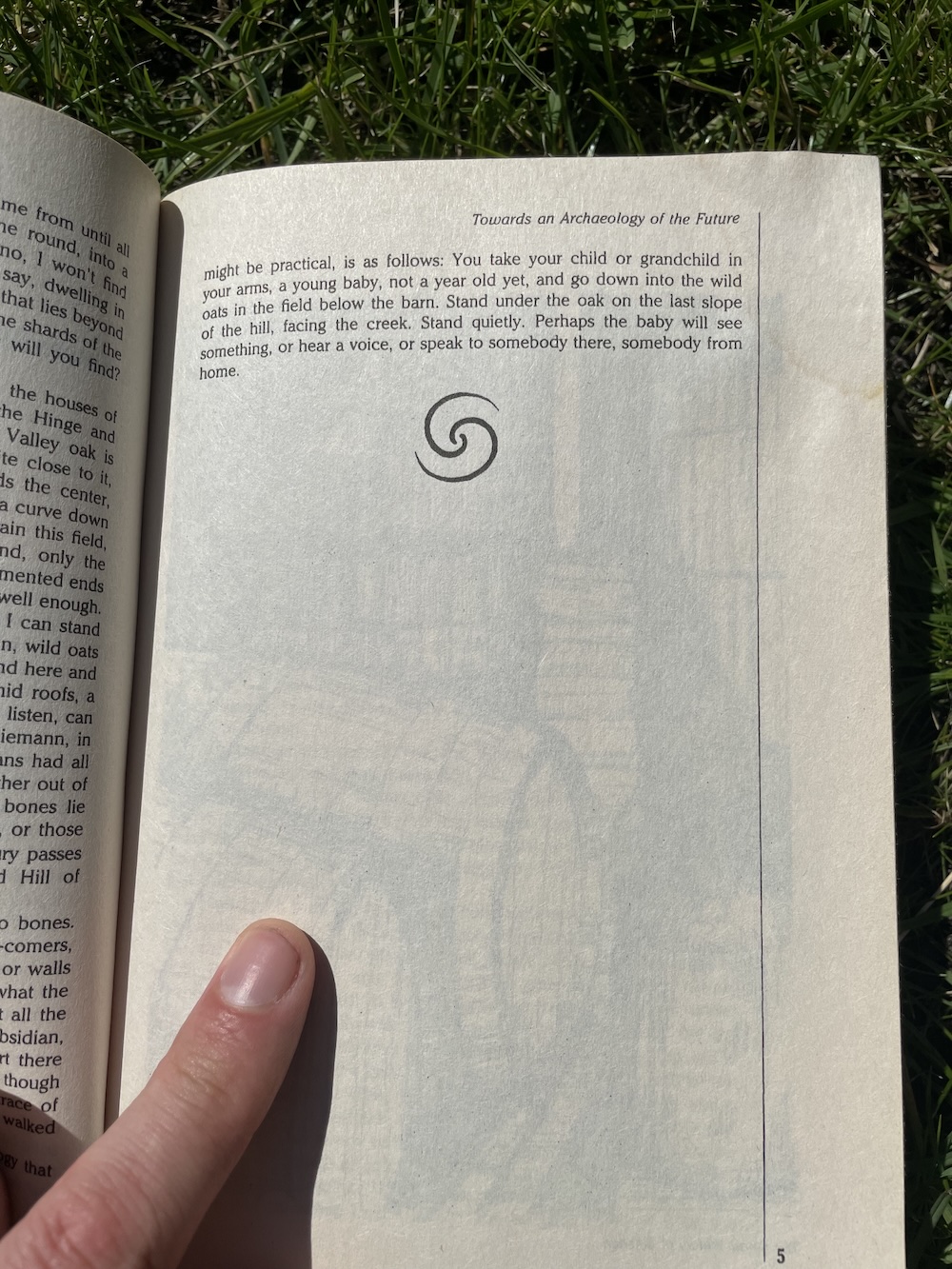
4. Spiral Cartography
Always Coming Home was another important book for me during the time I was recording Atlas of Green . In that book there is this reoccurring image of entwined spirals, called Heyiya-if, which is a holy symbol. I loved the sheer depth of that book and how far she goes to try and imagine a different world. I tried to make this song like overlapping spirals, where the orbit of several melodies find their common centre. It’s a bit like tracing patterns across a landscape where geography and folk tale meet.
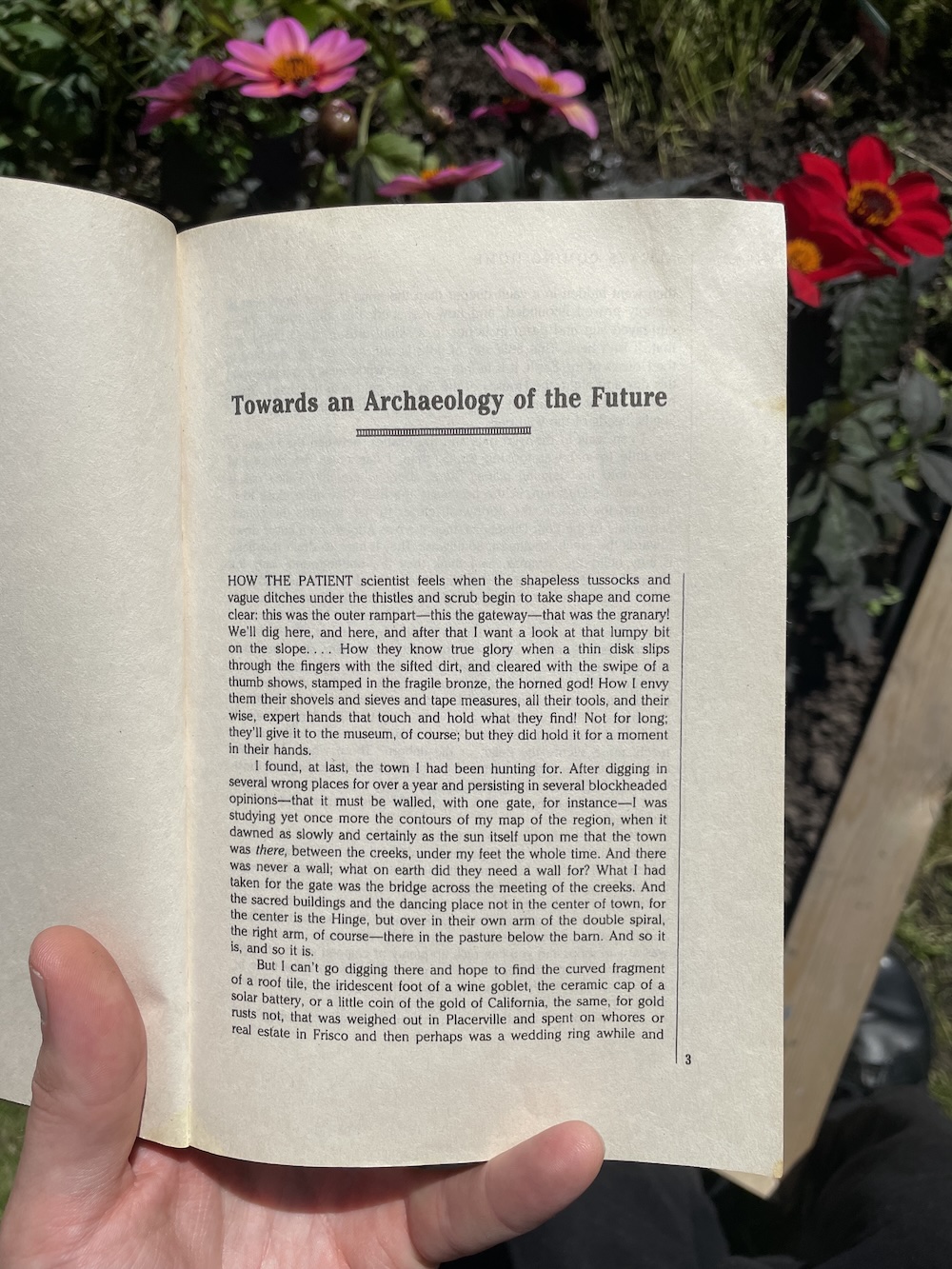
5. Overgrown Song
A duet between my 4-track and my voice. I’m switching between sine waves on cassette loops and then a live input of my own voice as I sing and whistle along, chasing the tones. I imagined Green drifting onwards through an old cryptic garden with sleeping circuits chirping a forgotten tune.
6. Late Fragment
I made this by using an old record of Czech folk singing to trigger chords on a dying Casio keyboard of mine plus some tape loops on my 4 track. I had this image of Green perhaps discovering some kind of rusty archive or library where all the language and the stories have become jumbled up. “Late Fragment” is also the name of a great Raymond Carver poem:
And did you get what
you wanted from this life, even so?
I did.
And what did you want?
To call myself beloved, to feel myself
beloved on the earth.
7. Green’s Dream
With a lot of AoG I’m consciously using a more handmade, de-industrialised pallet of sounds and techniques because I was imaging a future where electronics maybe still existed but played a much less central role, however I wanted to explore the idea of how Green might imagine the past, our current era, from their vantage point. I liked the idea that their vision of the past might be like our idea of the future – sleeker with new angles, energetic and more ‘advanced’.
8. Archaic Quarter Form
I wanted to try and make some kind of ‘formal music’ for the world that Green was living in. A kind of court music or folk dance. It was originally ‘Archaic Quartet Form’, like a rediscovered style but in the end I changed it to ‘Quarter’ as it felt more enigmatic or misremembered. The first half is made using two 4 track recorders switching between sine wave loops and some live violins (played on my knee). There is an unearthing in the middle and then a brief violin conversation before the second half begins, which is a remix of the material from the first half.
9. Atlas Of Green
Any good concept album needs its titular track, its talisman- the atlas. A map with enough context to give birth to a world… and then hold it up! An enduring theme, a story broad enough to make sense of all manner of phenomena and show a possible direction. The ‘voice’ in this song is a broken toy, what language is it speaking?
10. Age & Rain
Made from a crumbling tape loop of acoustic guitar loops, the song is riddled with interference and haunted by ghosts of bygone eras. A melancholy moment of reflection for Green.
11. Ancient Faith Radio
“Ancient Faith Radio” are three words I found in my phone notes the morning after I’d been tripping on mushrooms at Making Time festival last year. Those words became the perfect guide for this piece of music- one of very few I’ve ever written where I went into my studio knowing exactly what I wanted to do and achieved it within an hour or
two. I wanted the melody to be like a patchwork quilt or like broken pottery washing up on the shore.
12. Sí Sa So
I wanted this track to feel like Green had learned to speak. Simple stuttering sounds beginning to mean something. The swamp burping back their words as they stare at their face in the reflection. The end is totally unremarkable, the tape just ends, there is no more.



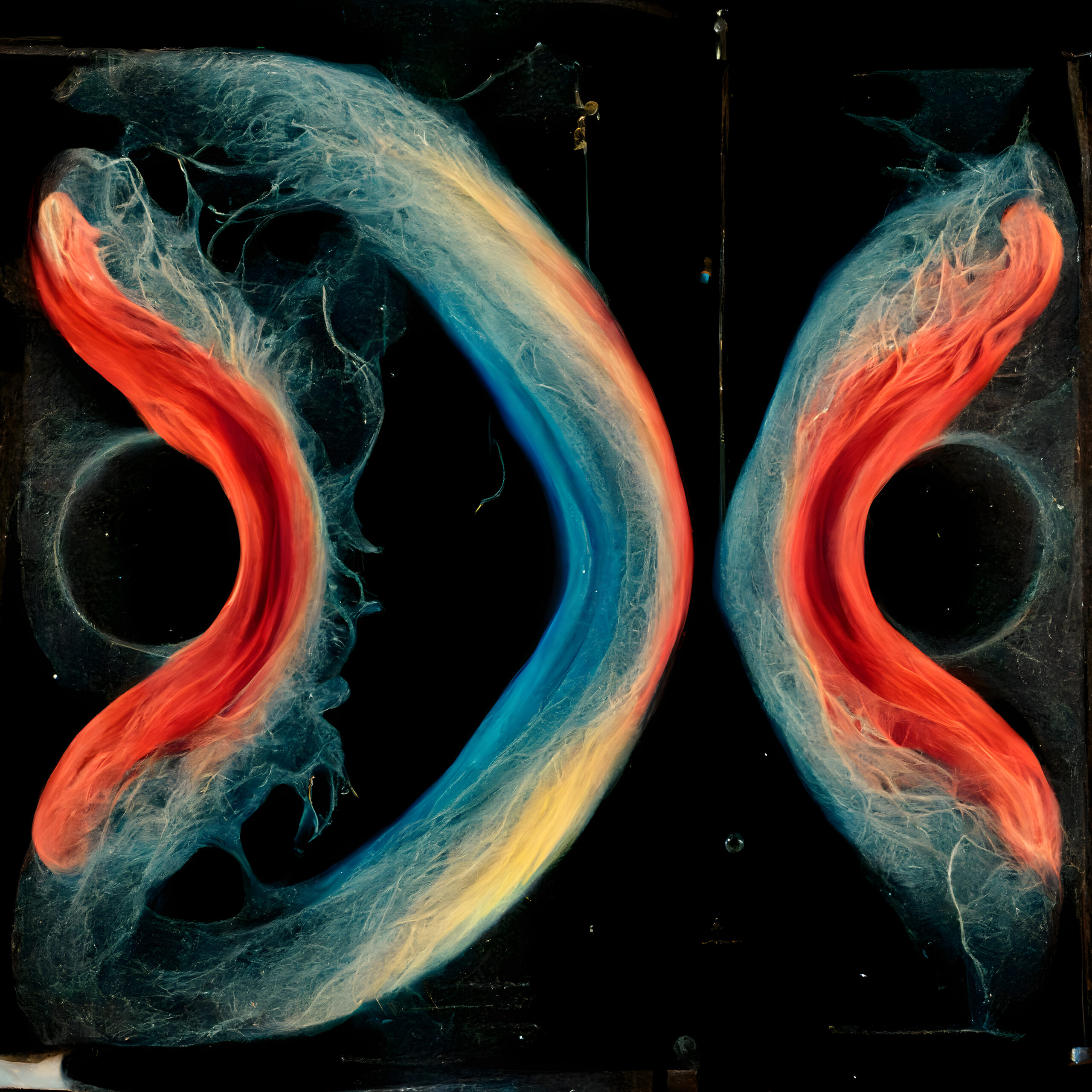
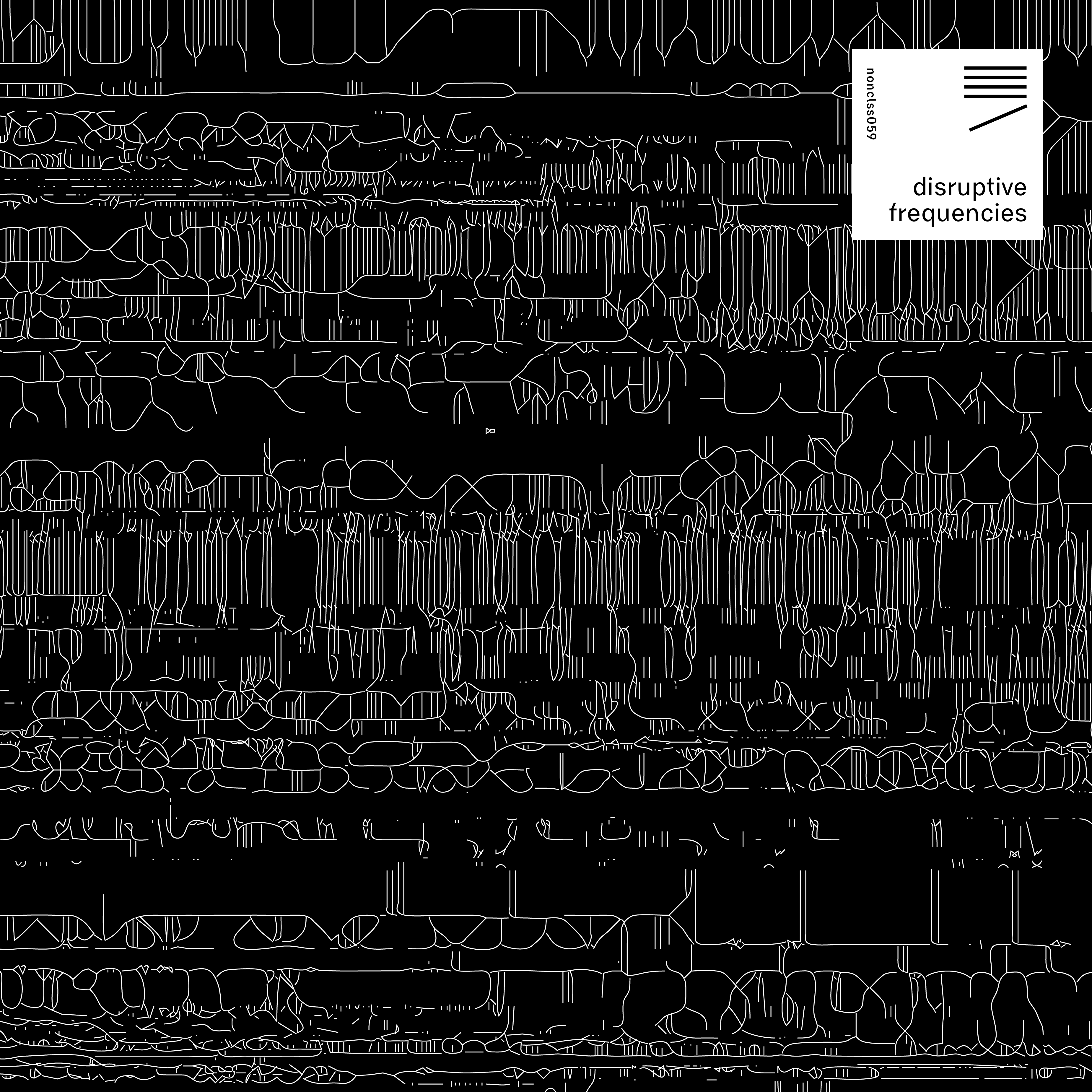
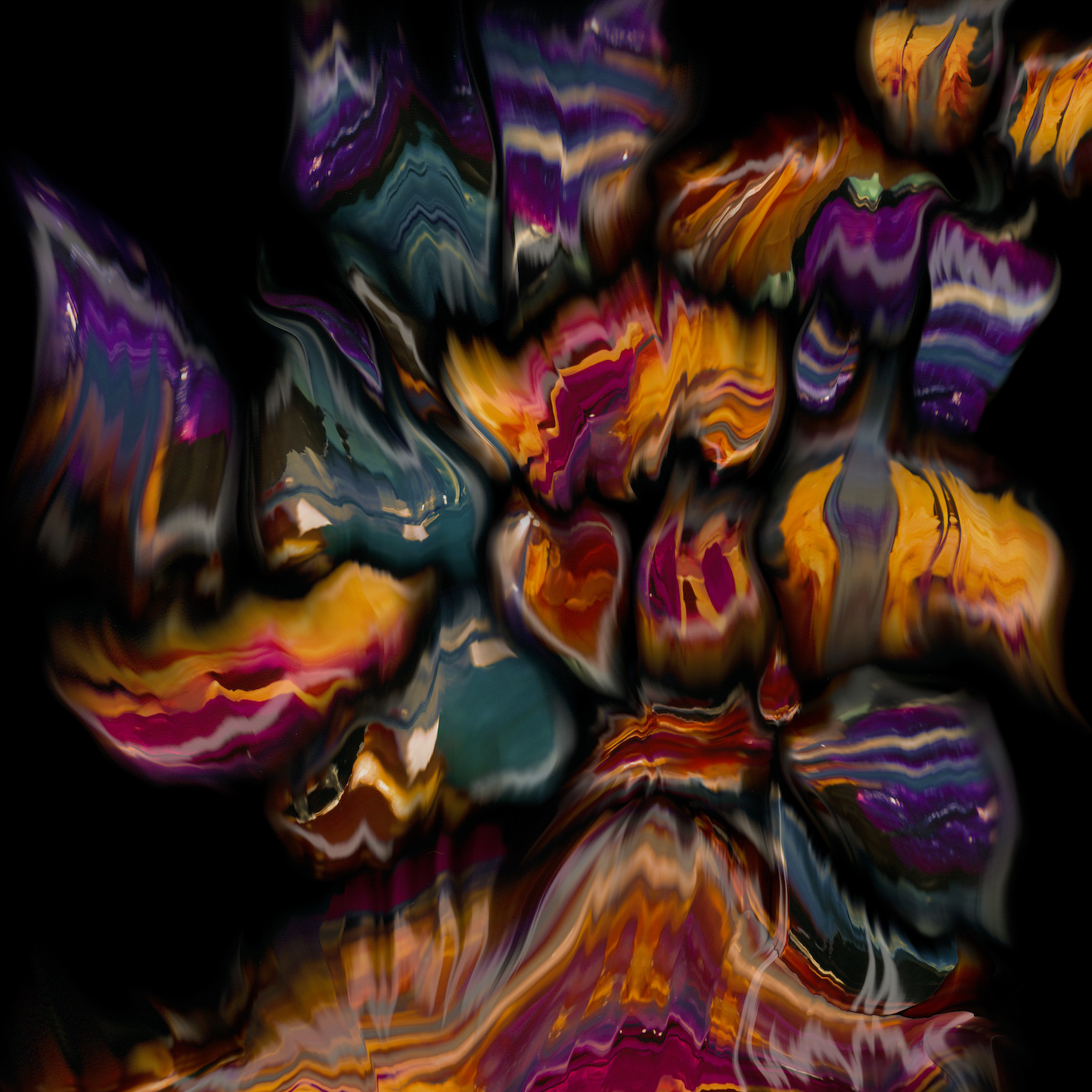












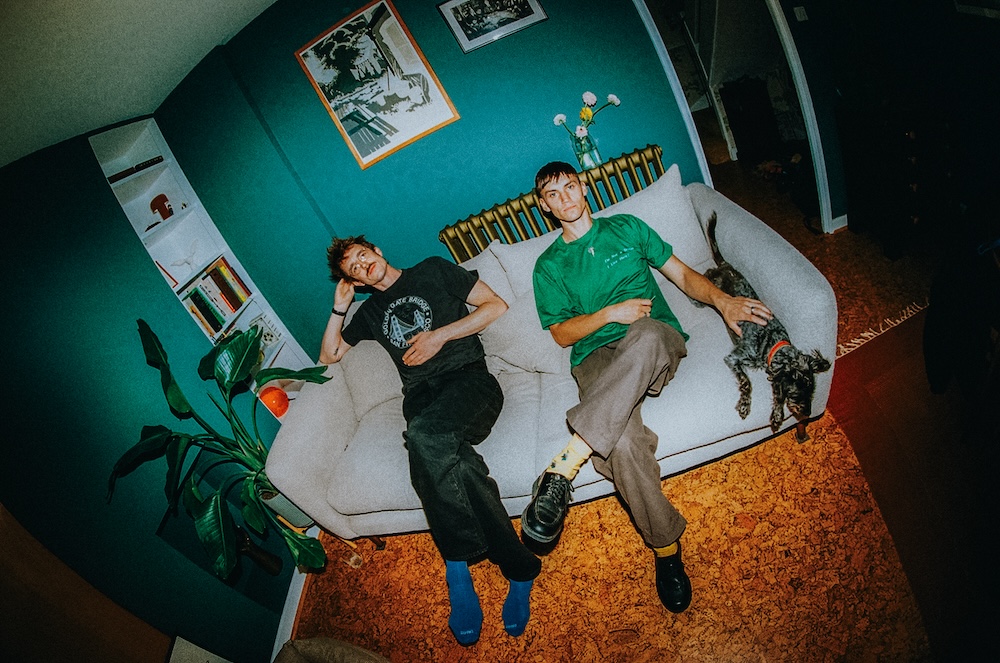



Must Reads
David Holmes – Humanity As An Act Of Resistance in three chapters
As a nation, the Irish have always had a profound relationship with the people of Palestine
Rotterdam – A City which Bounces Back
The Dutch city is in a state of constant revival
Going Remote.
Home swapping as a lifestyle choice
Trending track
Vels d’Èter
Glass Isle
Shop NowDreaming
Timothy Clerkin
Shop Now